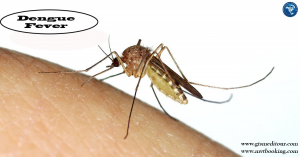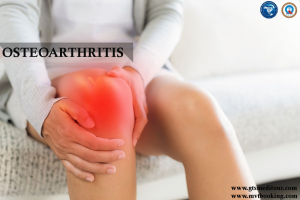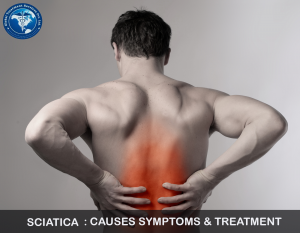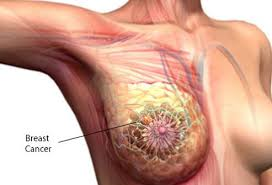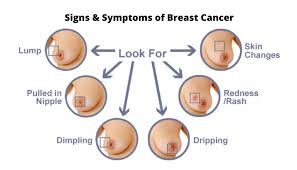Bipolar Disorder
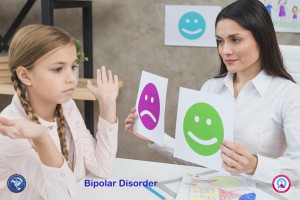
Bipolar disorder is a serious mental health condition in which some individuals experience alternating periods of high energy levels and extremely low mood. People with bipolar disorder may find the COVID-19 pandemic and resulting lockdown to be particularly challenging to manage.
Do you feel very happy and outgoing—or very irritable—on some days, but unusually sad or anxious on other days? Do the “up” periods go along with increased energy or activity? Do the “downs” go along with low energy, hopelessness, or inability to enjoy what you usually like to do, and sometimes suicidal thoughts? Do these mood swings make it hard to sleep, stay focused, or get things done? Some people with these symptoms have a lifelong but treatable mental disorder called bipolar disorder.
What is bipolar disorder?
Bipolar disorder is a chronic or episodic (which means occurring occasionally and at irregular intervals) mental disorder. It can cause unusual, often extreme and fluctuating changes in mood, energy, activity, and concentration or focus. Bipolar disorder sometimes is called manic-depressive disorder or manic depression, which are older terms.
Everyone goes through normal ups and downs, but bipolar disorder is different. The range of mood changes can be extreme. In manic episodes, someone might feel very happy, irritable, or “up,” and there is a marked increase in activity level. In depressive episodes, someone might feel sad, indifferent, or hopeless, in combination with a very low activity level. Some people have hypomanic episodes, which are like manic episodes, but less severe and troublesome.
Most of the time, bipolar disorder develops or starts during late adolescence (teen years) or early adulthood. Occasionally, bipolar symptoms can appear in children. Although the symptoms come and go, bipolar disorder usually requires lifetime treatment and does not go away on its own. Bipolar disorder can be an important factor in suicide, job loss, and family discord, but proper treatment leads to better outcomes.
Symptoms of bipolar disorder?
The symptoms of bipolar disorder can vary. An individual with bipolar disorder may have manic episodes, depressive episodes, or “mixed” episodes. There are different types of bipolar disorder, which differ in their symptoms and severity.
The main symptoms of bipolar disorder is alternating episodes of high and low mood
Symptoms of a Manic Episode
Feeling very up, high, elated, or extremely irritable or touchy
Feeling jumpy or wired, more active than usual
Decreased need for sleep
Racing thoughts
Thinking you can do a lot of things at once without getting tired
Excessive appetite for food, drinking, sex, or other pleasurable activities
Feeling like you are unusually important, talented, or powerful
Symptoms of a Depressive Episode
Feeling slowed down or restless
Trouble concentrating or making decisions
Feeling very down or sad, or anxious
Unable to do even simple things
Talking very slowly, feeling like you have nothing to say, or forgetting a lot
Feeling hopeless or worthless, or thinking about death or suicide
Most people experience mood changes at some time, but those related to bipolar disorder are more intense than regular mood changes, and other symptoms can occur. Some people experience psychosis, which can include delusions, hallucinations, and paranoia.Anxiety disorders and ADHD often are diagnosed in people with bipolar disorder.People with bipolar disorder are more prone to misusing drugs or alcohol,also eating disorder, such as binge eating or bulimia.
Between episodes, the person’s mood may be stable for months or years, especially if they are following a treatment plan.
Causes
The exact cause of bipolar disorder is unknown. However,Men and women are equally likely to get it. research suggests that there is no single cause. Instead, a combination of factors may contribute to bipolar disorder.For example, sometimes it can simply be a matter of genetics, meaning you have it because it runs in your family. The way your brain develops may also play a role, but scientists aren’t exactly sure how or why.
Bipolar Disorder Types
There are a few types of bipolar disorder, including:
Bipolar I disorder: With this type, you have extreme erratic behavior, with manic “up” periods that last at least a week or are so severe that you need medical care. There are also usually extreme “down” periods that last at least 2 weeks.
Bipolar II disorder: With this type, you also have erratic highs and lows, but it isn’t as extreme as bipolar I.
Cyclothymic disorder: This type involves periods of manic and depressive behavior that last at least 2 years in adults or 1 year in children and teens. The symptoms aren’t as intense as bipolar disorder I or bipolar disorder II.
With any type of bipolar disorder, misuse of drugs and alcohol use can lead to more episodes. Having bipolar disorder and alcohol use disorder, known as “dual diagnosis,” requires help from a specialist who can address both issues.
Diagnosis
A psychiatrist or other mental health professional diagnoses bipolar disorder based on the symptoms, lifetime course, and experiences of the individual. Some people have bipolar disorder for years before it is diagnosed.
Diagnosing bipolar disorder is all about the person’s symptoms and determining whether they may be the result of another cause (such as low thyroid or mood symptoms caused by drug or alcohol abuse). How severe are they? How long have they lasted? How often do they happen?
The most telling symptoms are those that involve highs or lows in mood, along with changes in sleep, energy, thinking, and behavior.
Talking to close friends and family of the person can often help the doctor distinguish bipolar disorder from major depressive disorder or other psychiatric disorders that can involve changes in mood, thinking, and behavior.
Diagnosing bipolar disorder can be trickier for children and teenagers. Their symptoms may be the same as adults but might be confused for attention deficit hyperactivity disorder (ADHD) or even just bad behavior.
Treatment
Treatment aims to stabilize the person’s mood and reduce the severity of symptoms. The goal is to help the person function effectively in daily life.Bipolar disorder is generally a chronic condition, meaning that there is no cure. However, it is possible to manage the condition and lead a full and productive life. The key is to find the right combination of treatments and remedies, including medications and healthful lifestyle measures, and to stick with them. It may take some time to accomplish this, so friends and family should be patient and remain supportive.
Treatment involves a combination of therapies, including:
- medication
- counseling
- physical intervention
- lifestyle remedies
It can take time to get a correct diagnosis and find a suitable treatment, as individuals react differently, and symptoms vary widely.
Tips and precautions
The following coping strategies can help people with bipolar disorder proactively navigate the potential problems of COVID-19 and lockdown:
- acknowledging that these are stressful times during which it is understandable to feel concerned
- appreciating that the goal is to be able to manage feelings as they manifest
- establishing a schedule for work, relaxation, and connecting with friends and family, while maintaining the correct physical distancing measures
- eating regular, healthful meals
- establishing and following good sleep habits
- spending some time outside each day
- staying physically active by walking, running, biking, or using free online exercise options
- trying to move therapy sessions online — virtual therapy is a great option for those without access to their usual sessions
- working with a pharmacy to arrange delivery of medication
- doing various relaxing and engaging activities, from cooking to reading to doing crossword puzzles
Takeaway
Bipolar disorder is a serious mental health condition in which some individuals experience alternating periods of high energy levels and extremely low mood. People with bipolar disorder may find the COVID-19 pandemic and resulting lockdown to be particularly challenging to manage. Above tips and precautions may help them to cope with the same.
